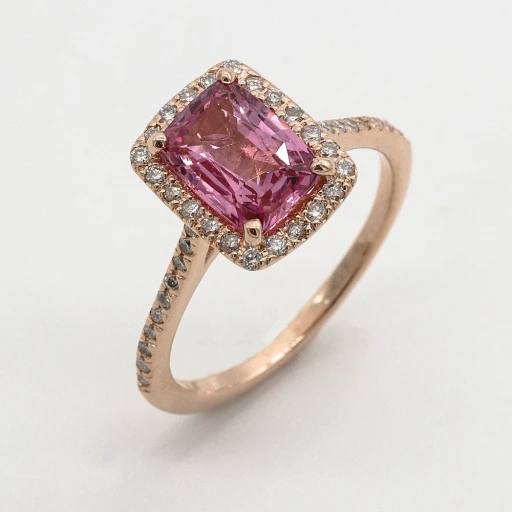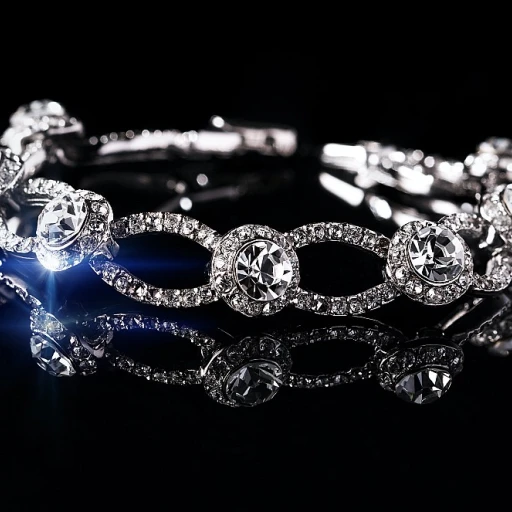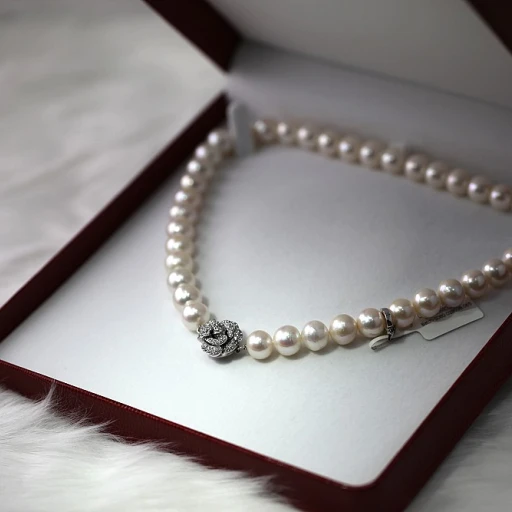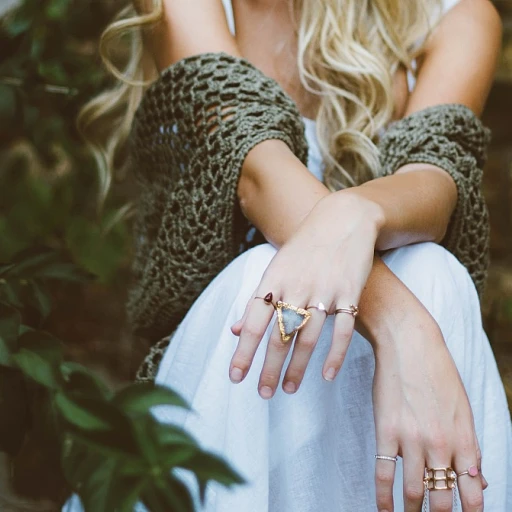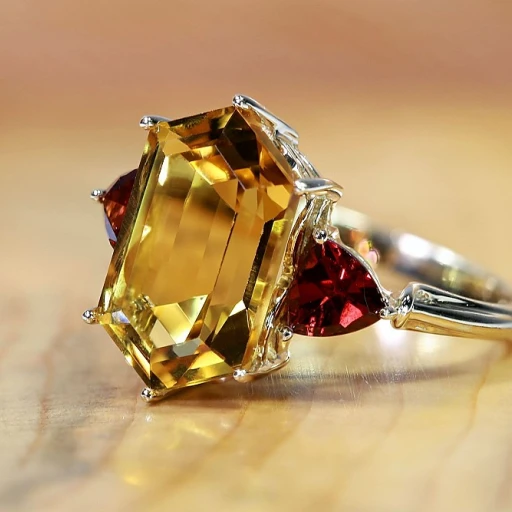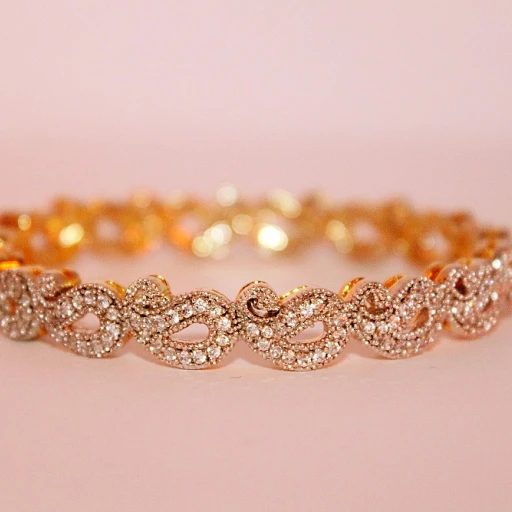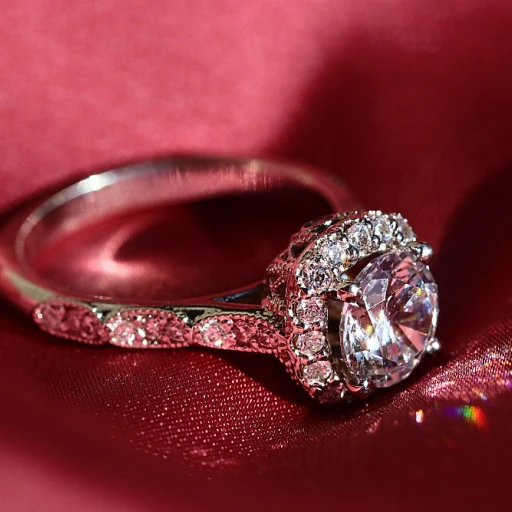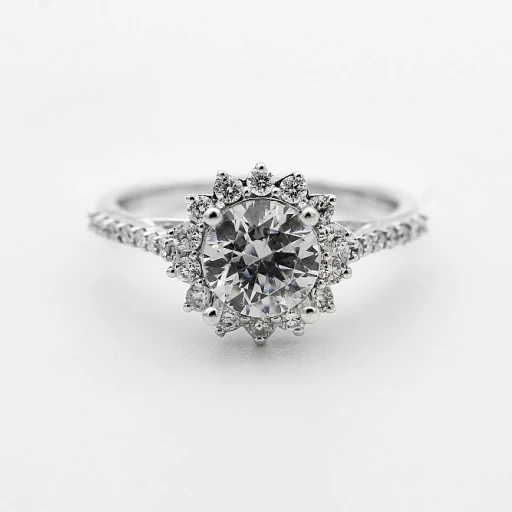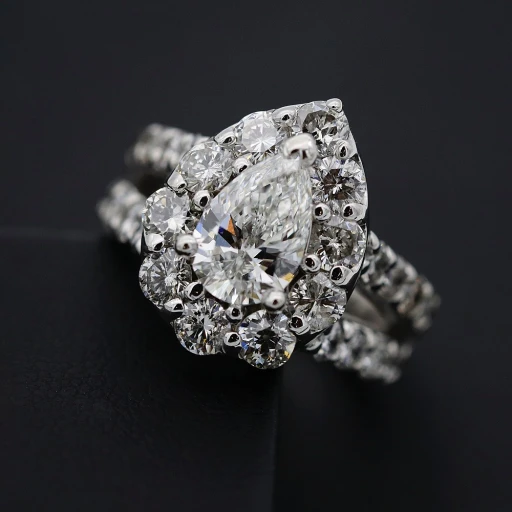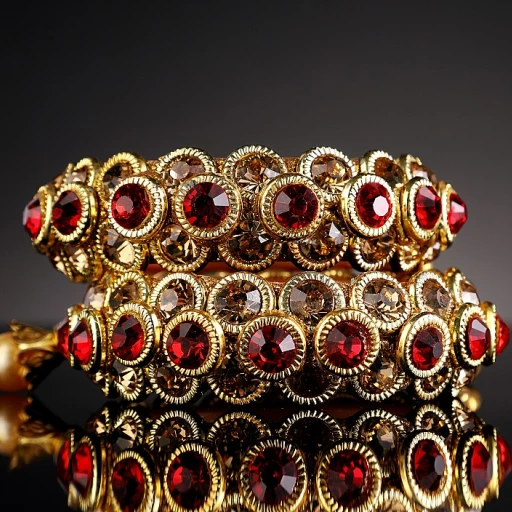
Understanding the significance of a wedding band
The enduring meaning behind the wedding band
For centuries, the wedding band has stood as a symbol of love, unity, and lifelong commitment. Whether crafted in classic yellow gold, modern white gold, or romantic rose gold, each band carries a story unique to the couple. The circular form of the ring, with no beginning or end, represents eternity—a promise that resonates deeply during wedding ceremonies and throughout married life.
Today, couples can choose from a wide range of gold variations and diamond accents to reflect their personal journey. From the understated elegance of a plain band to the sparkle of a diamond wedding band or a sapphire wedding ring, the options are as diverse as the stories they represent. Men and women alike now explore collections featuring lab grown diamonds, anniversary bands, and even band white or band yellow designs, each with its own significance.
- Gold bands: Available in yellow, white, and rose gold, each variation offers a distinct look and feel.
- Diamond rings: Whether you prefer a single diamond or a collection diamond setting, diamonds add brilliance and meaning.
- Sapphire and other gemstones: Sapphire wedding rings and other colored stones introduce a personal touch and symbolism.
Choosing the right wedding band is more than a matter of style or price. It’s about finding a piece that resonates with your values, your love story, and your vision for the future. As you explore the world of engagement rings, diamond bands, and gold variations, consider how each item in a collection can become a cherished part of your journey together. For those drawn to unique expressions of love, the allure of the hugging ring offers inspiration for a truly personal choice.
Selecting materials that reflect your style and values
Exploring Gold Variations and Modern Alternatives
When choosing a wedding band, the material is more than just a matter of style—it reflects your values and lifestyle. Gold remains a timeless favorite, but today’s couples have a wide range of options to consider. Each material brings its own character, durability, and price point to your wedding ring.
- Yellow gold: Classic and warm, yellow gold wedding bands have been cherished for generations. Their rich hue complements most skin tones and pairs beautifully with both diamond and sapphire wedding rings.
- White gold: Sleek and modern, white gold bands offer a bright, silvery finish. They are often chosen for their contemporary look and their ability to highlight diamonds and other gemstones.
- Rose gold: With its romantic blush tone, rose gold is a popular choice for those seeking something unique. It works well in both men’s and women’s bands, and its soft color adds a touch of vintage charm.
- Lab grown diamonds: For those who value sustainability, lab grown diamond bands provide the same brilliance as mined diamonds, often at a more accessible price. These diamonds are increasingly featured in modern collections.
- Sapphire and other gemstones: Sapphire wedding bands or rings with colored stones are gaining popularity for their individuality and symbolism. They can be set in any gold variation, offering endless possibilities for personalization.
Matching Your Band to Your Lifestyle
Consider how your wedding band will fit into your daily life. If you work with your hands or lead an active lifestyle, durability is key. Platinum and high-karat gold are known for their strength, while white gold bands may require occasional replating to maintain their shine. For those who prefer a low-maintenance option, yellow or rose gold bands are reliable choices.
Understanding Price and Value
The price of a wedding band depends on several factors: the type of gold, the presence of diamonds or other gemstones, and the craftsmanship involved. Diamond wedding bands and anniversary bands, especially those featuring collection diamond items or intricate settings, tend to be at a higher price point. Lab grown diamonds can offer a more budget-friendly alternative without compromising on beauty or quality.
Personal Style and Symbolism
Your wedding ring is a symbol of love and commitment, so it should feel personal. Whether you’re drawn to a classic band white gold, a bold diamond ring, or a unique band yellow gold, let your style guide your choice. Many couples also choose to match their wedding bands with their engagement ring for a harmonious look.
For more inspiration on unique materials and the artistry behind gemstone rings, explore the allure of mother of pearl rings and discover how different materials can elevate your wedding jewelry.
Evaluating craftsmanship and design details
Spotting Superior Craftsmanship in Wedding Bands
When choosing a wedding band, the artistry behind each piece is just as important as the materials. High-quality craftsmanship ensures your ring will stand the test of time, both in durability and style. Here’s what to look for:- Finish and Polish: Whether you prefer yellow gold, rose gold, or white gold, the finish should be smooth and even. A well-polished band white or yellow gold ring will reflect light beautifully, enhancing the brilliance of diamonds or sapphires.
- Stone Setting: Examine how diamonds, sapphires, or other gemstones are set. Prongs should be secure and symmetrical, especially on diamond wedding bands or sapphire wedding rings. For diamond bands, check that each stone sits evenly and is held firmly in place.
- Design Details: Look for thoughtful details—milgrain edges, hand engraving, or unique gold variations. These elements add character and can distinguish your wedding ring from regular price, mass-produced items.
- Comfort Fit: The inner curve of the band should feel smooth against your finger. Many high-end men’s and women’s wedding bands feature a comfort fit, making them ideal for daily wear.
- Symmetry and Proportion: Whether you’re considering a classic band yellow gold, a modern diamond ring, or a lab grown diamond band, the ring should appear balanced from every angle.
Comparing Variations: Gold, Diamonds, and More
Wedding bands come in a range of gold variations—yellow, rose, and white gold are the most popular. Each brings a different mood and style to your collection diamond or anniversary band. For those who love a touch of sparkle, variations diamond settings can range from a single accent stone to a full diamond wedding band. Lab grown diamonds are also gaining popularity for their ethical appeal and high brilliance. If you’re drawn to colored gemstones, sapphire wedding bands offer a vibrant alternative to traditional diamond rings. Mixing metals and stones can also create a truly unique wedding ring, reflecting your personal style and values.Evaluating Value Beyond Price
While price is a factor, true value lies in the quality and artistry of the ring. A well-crafted engagement ring or wedding band will maintain its beauty for generations. When comparing items, consider not just the regular price but the level of detail, the quality of diamonds or lab grown stones, and the overall design integrity. For more insights on how craftsmanship and design influence your jewelry choices, explore this guide on identifying radiant craftsmanship in fine jewelry.Personalization options for a unique touch
Adding Meaningful Details to Your Wedding Band
Personalization transforms a wedding band from a beautiful item into a cherished symbol of your unique love story. Today, fine jewelry owners have more options than ever to create a ring that feels truly personal.- Engraving: Classic and timeless, engraving allows you to inscribe a meaningful date, phrase, or symbol inside or outside your band. This subtle touch is popular for both men and women, and works beautifully on gold variations like yellow gold, rose gold, and white gold bands.
- Gemstone Accents: While diamonds remain a favorite for wedding bands, consider adding colored gemstones such as sapphire for a pop of color. Sapphire wedding bands or diamond and sapphire combinations can reflect your style or commemorate an anniversary.
- Mixing Metals: Combining gold variations—such as a band white gold with yellow or rose gold accents—creates visual interest and can symbolize the blending of two lives. These mixed metal rings are increasingly popular in modern collections.
- Custom Settings: Choose from a variety of diamond settings, from classic prong to contemporary bezel. Lab grown diamonds offer a high-quality, ethical alternative for those who value sustainability. Variations diamond bands can be designed to match your engagement ring or stand alone as a statement piece.
- Unique Textures and Finishes: Matte, hammered, or high-polish finishes add dimension to your band. These details can be applied to any gold variation, enhancing the tactile and visual appeal of your wedding ring.
Caring for your wedding band to preserve its beauty
Daily Habits for Lasting Brilliance
Whether your wedding band is crafted from classic yellow gold, modern white gold, or romantic rose gold, a few simple habits can help maintain its shine. Remove your ring before activities that expose it to harsh chemicals or rough surfaces, such as cleaning or gardening. This is especially important for diamond wedding bands and sapphire wedding rings, as even high-quality stones can loosen over time if knocked repeatedly.
Cleaning Tips for Every Metal and Stone
- Gold variations: Use a soft cloth and mild soap to gently clean yellow, white, or rose gold bands. Avoid abrasive cleaners that can scratch the surface.
- Diamonds and sapphires: Soak your diamond band or sapphire wedding ring in warm, soapy water, then brush gently with a soft toothbrush. Rinse thoroughly and dry with a lint-free cloth.
- Lab grown diamonds: Care for lab grown diamond rings just as you would natural diamonds. Regular gentle cleaning preserves their sparkle.
Professional Maintenance and Inspections
Schedule a professional inspection for your wedding bands and engagement rings at least once a year. A jeweler can check for loose stones, worn prongs, and other signs of wear that may not be visible to the naked eye. This is especially important for items with intricate variations diamond settings or anniversary bands featuring multiple stones.
Safe Storage and Everyday Protection
- Store your rings in a soft-lined box or pouch, separated from other jewelry to prevent scratches.
- If you own a collection diamond or multiple bands, consider a jewelry box with individual compartments.
- Remove your wedding ring before swimming, as chlorine can damage gold and affect the regular price value of your piece.
Insurance and Documentation
Protect your investment by insuring your diamond wedding band, gold band, or sapphire wedding ring. Keep all purchase receipts, certificates for lab grown diamonds, and appraisals in a safe place. This documentation is crucial if you ever need to make a claim or update your insurance as the price of gold and diamonds fluctuates.
Understanding the investment value of fine jewelry wedding bands
Why Fine Jewelry Wedding Bands Hold Lasting Value
When choosing a wedding band, it’s important to recognize that you’re not just selecting a symbol of love, but also making a significant investment. Fine jewelry wedding bands, whether crafted in yellow gold, white gold, or rose gold, often retain and even appreciate in value over time. The value is influenced by several factors, including the quality of the gold, the rarity and grade of diamonds or sapphires, and the craftsmanship behind each ring.
- Material Matters: Gold variations such as 18k or 14k, as well as platinum, are prized for their durability and intrinsic value. White gold and rose gold bands offer unique aesthetics and can impact the price depending on purity and weight.
- Gemstone Quality: Diamonds, whether natural or lab grown, are graded by cut, clarity, color, and carat. High-quality diamonds or sapphires in a wedding ring or anniversary band can significantly increase the item’s worth.
- Design and Craftsmanship: Intricate details, custom settings, and unique variations in diamond or sapphire wedding bands add both sentimental and market value. Limited edition or collection diamond rings often command higher prices.
Comparing Price and Long-Term Worth
The regular price of a wedding band reflects not only the materials and labor but also the brand’s reputation and exclusivity of the design. Over time, certain rings—especially those with rare diamonds, vintage-inspired elements, or exceptional craftsmanship—may become sought-after items in the secondary market. Men’s bands, diamond wedding bands, and engagement rings with unique features can also hold or increase their value, especially if well cared for.
| Material | Gemstone | Potential for Appreciation |
|---|---|---|
| Yellow Gold | Diamond, Sapphire | High (classic appeal, strong resale market) |
| White Gold | Diamond, Lab Grown Diamond | Moderate to High (modern look, depends on diamond quality) |
| Rose Gold | Diamond, Sapphire | Moderate (trendy, unique color, growing demand) |
Whether you’re considering a diamond ring, a band white gold, or a sapphire wedding ring, understanding the investment value can help you make a confident choice. Proper care, as discussed earlier, will also ensure your wedding bands remain beautiful and valuable for years to come.

